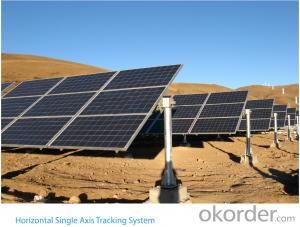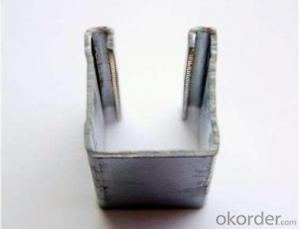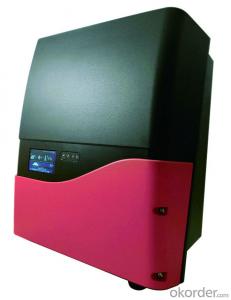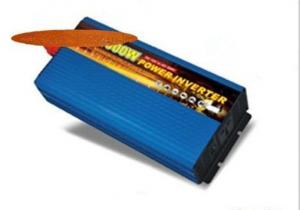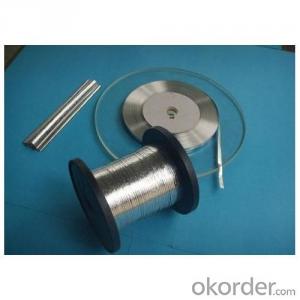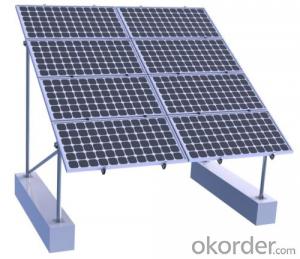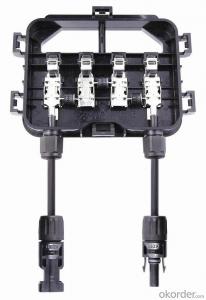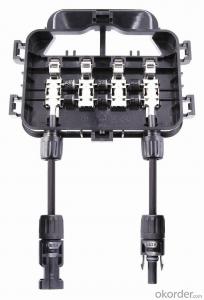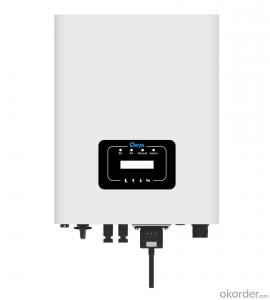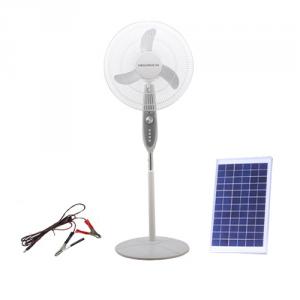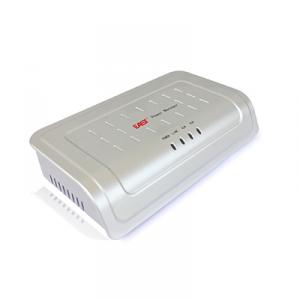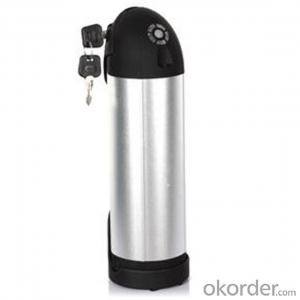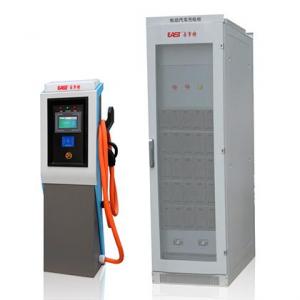Solar Pv Inverter Location
Solar Pv Inverter Location Related Searches
Solar Panel Inverter Location Solar Pv Inverter Pv Solar Inverter Solar Pv Inverter Price Best Solar Pv Inverter Pv Powered Solar Inverter Best Inverter For Solar Pv Solar Pv Inverter Prices Solar Pv Inverter Sizing Solar Pv Module Solar Panel Pv Module Solar Pv Inverter On Maui Solar Pv Inverter Types Solar Inverter Pcb Layout Solar Pv Inverter Market Pv Module Solar Panel Solar Pv Module Price Silicon Solar Pv Module Pv Solar Cells Pv Inverter Prices Pv Cells In Solar Panels Pwm Solar Inverter Power Solar Inverter Solar Inverter Pcb Kit Inverter In Solar Power Plant Pv3500 Solar Inverter Solar Pv Module Cost Rv Solar Power Inverter Solar Pcu Inverter Solar Inverter InstallationSolar Pv Inverter Location Supplier & Manufacturer from China
Solar PV Inverter Location refers to the specific placement of solar inverters within a photovoltaic system. These inverters play a crucial role in converting the direct current (DC) generated by solar panels into alternating current (AC), which can be utilized by the electrical grid or appliances. Proper location of solar inverters is essential for ensuring optimal performance and efficiency of the entire solar system.The application and usage scenarios of Solar PV Inverter Location are diverse, ranging from residential rooftop installations to large-scale commercial and industrial setups. In residential applications, inverters are typically installed close to the solar panels to minimize cable losses and simplify maintenance. In commercial and industrial settings, inverters may be located in a dedicated electrical room or alongside the solar panels, depending on the specific requirements and constraints of the project. Regardless of the application, the correct placement of solar inverters is vital for maximizing energy output and ensuring the longevity of the system.
Okorder.com is a leading wholesale supplier of Solar PV Inverter Location products, offering a vast inventory of high-quality inverters from reputable manufacturers. With a commitment to providing reliable and efficient solutions, Okorder.com ensures that customers have access to the best products for their solar energy needs. By partnering with Okorder.com, customers can benefit from competitive pricing, fast shipping, and exceptional customer support, making the process of selecting and purchasing solar inverters for their projects seamless and hassle-free.
Hot Products





